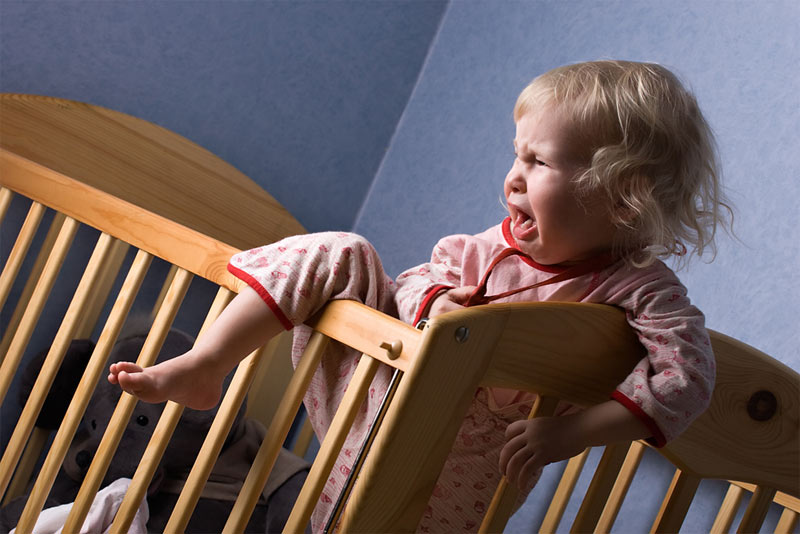Decoding Temper Tantrums: The Nuances of a Toddler's Outbursts

All the yelling and kicking that accompanies the so-called “terrible twos” may serve a good purpose in the end: Tantrums teach children how to manage their emotions.
Researchers are now analyzing the intricacies of those outbursts to learn what’s normal and what’s abnormal when it comes to temper tantrums. Extreme tantrums, or those that continue into older ages, may signal stunted emotional development, scientists believe. Most recently, a team of researchers has studied audio and video recordings of 13 young children's temper tantrums to decipher the emotions that occur throughout the tantrums.
“Tantrums are giving us an early window into how kids are regulating the ebb and flow of anger and sadness,” lead researcher James Green, of the University of Connecticut, told LiveScience. The new analysis of tantrum recordings is published in the October issue of the journal Emotion.
Learning from recordings
Green and his collaborators recruited 13 parents who dressed their 2- and 3-year-old children in onesies with built-in microphones and let their children play in their normal play environments while a video camera recorded the scene, for up to four hours at a time. If the child had a tantrum while recording, the tape was submitted to the researchers. If not, the parents recorded the next playtime.
"These are naturalistic recordings," said Green. "Really the first high-quality audio recordings of what kids are doing during tantrums."
Once Green's team had accumulated tapes from the parents, they analyzed the audio recording from each tantrum. They were able to identify periods of certain vocalizations — screaming, yelling, crying, fussing and whining — within each outburst. Each sound, Green said, has a distinct audio pattern. The researchers found the same cycle of sounds in each tantrum. Screaming and yelling — indicative of anger — came earliest in the tantrum, while crying and whining came later.
Sign up for the Live Science daily newsletter now
Get the world’s most fascinating discoveries delivered straight to your inbox.
"We could hear that many of the tantrums have a period of pretty intense peak anger relatively early," said Green. "And as that dissipates, there's more comfort-seeking and sadness."
Emotional development
Studying the normal characteristics of a tantrum is important so that scientists know what behavior is abnormal, Gabrielle Carlson, a child and adolescent psychiatrist at the Stony Brook University School of Medicine in Stony Brook, N.Y., told LiveScience, adding that some children continue having tantrums further into childhood.
"We want to know what is the difference between tantrums at two–and-a-half and tantrums at eight-and-a-half," said Carlson, who was not involved in the current study.
Certain characteristics of tantrums in 2-year-olds, she said, could signal a predisposition for later emotional challenges such as depression or bipolar disorder. [Top 10 Controversial Psychiatric Disorders]
"Even at that young age we have sadness and anger mixed up together. And those are underpinnings of depression," said Carlson. "Some of these children who have the most intense tantrums grow up to have higher rates of depression."
Carlson, along with Green and their collaborators, wants to know why some children have more intense tantrums than others and why some continue having tantrums.
"To me, the question is why some kids go through the terrible twos and come out okay on the other side and have learned to manage their emotions. And others don't outgrow these tantrums," Carlson said.
Next, Green plans to not only study the audio from tantrums of older children, but to analyze how parents’ interactions affect the progression of a normal outcome. "Is there anything that an adult can do that will either exacerbate or calm the anger associated with a tantrum?" he asked.
Follow LiveScience for the latest in science news and discoveries on Twitter @livescience and on Facebook.










